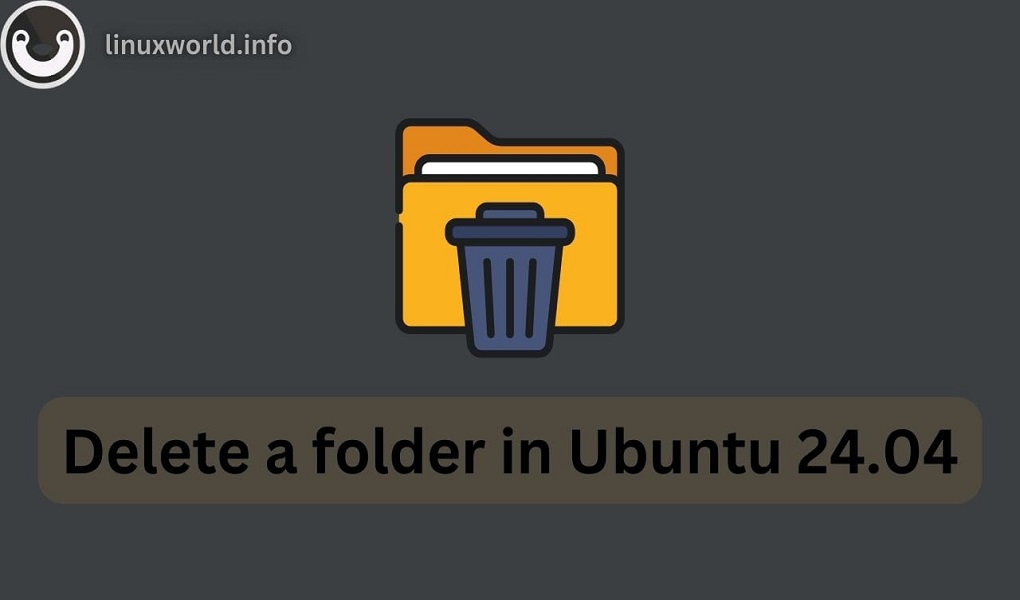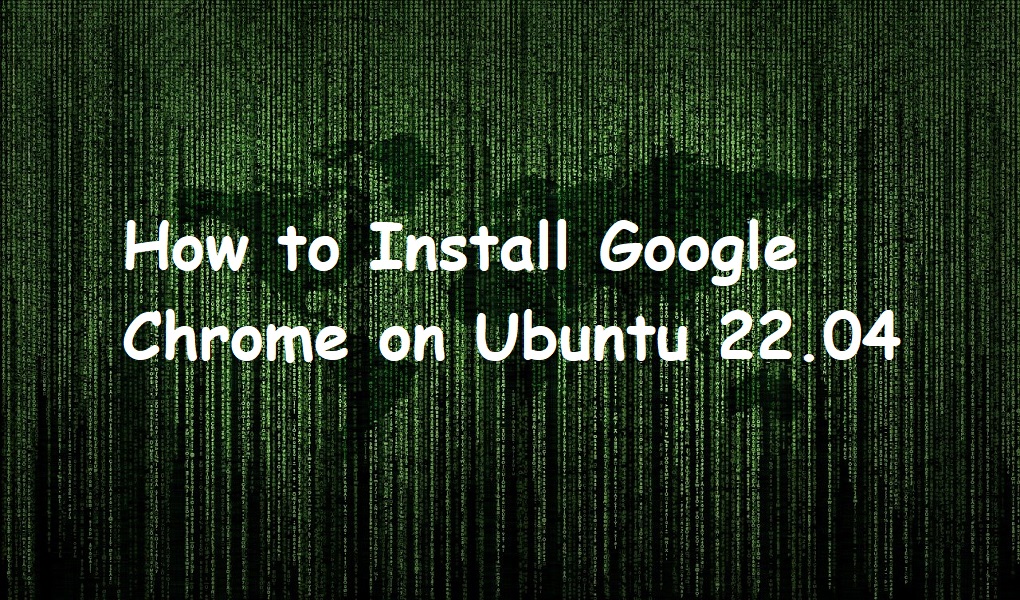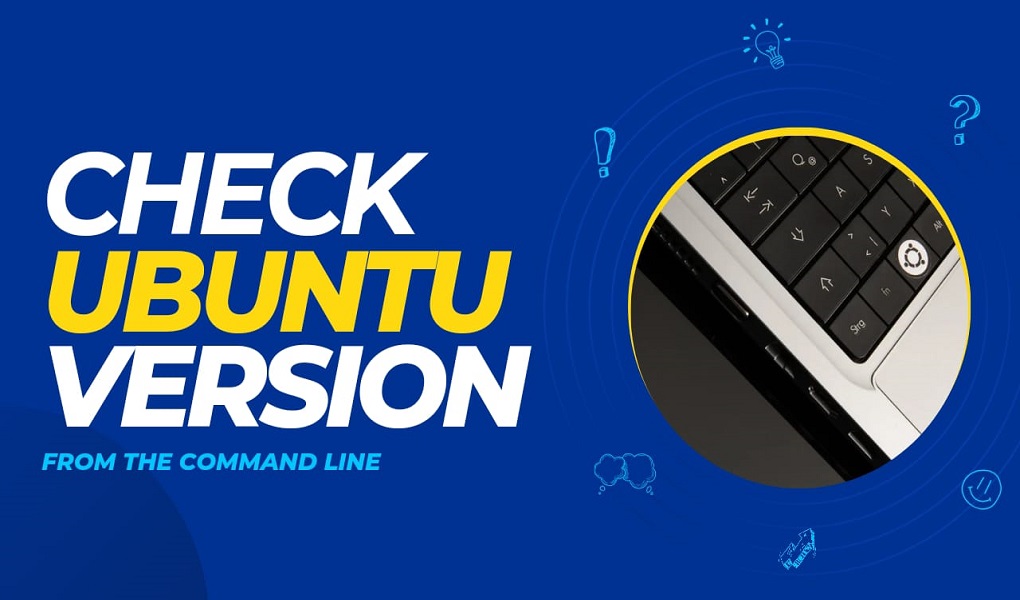Navigating Ubuntu might seem challenging at first, but what if you could handle folder management with ease? Imagine being able to delete unnecessary directories efficiently, keeping your system organized and running smoothly. Whether you’re a beginner or an experienced user, learning these folder deletion techniques in Ubuntu 24.04 LTS can significantly enhance your workflow. Ready to take control of your system?
In this guide, we’ll explore various methods for deleting folders in Ubuntu 24.04 LTS. Each technique offers unique advantages, catering to different preferences and levels of expertise. From utilizing the graphical interface to harnessing powerful command-line tools, we’ll equip you with everything you need to streamline your system management skills. Let’s delve into these methods and optimize your Ubuntu experience.
How to Delete a Folder in Ubuntu 24.04 LTS
Discover the various methods available in Ubuntu 24.04 LTS for deleting folders efficiently. This guide provides step-by-step instructions for each approach, ensuring you can manage your folders with ease and precision:
- Using the File Manager: Delete folders using the graphical interface.
- Using Keyboard Shortcuts: Quick deletion from the file manager.
- Using the Terminal: Leverage powerful command-line tools.
- Basic rm Command: Simple and effective folder deletion.
- Using rm with Options: Enhanced control over deletion.
- Using rmdir: Remove empty directories.
- Automating Folder Deletion with Scripts: Automate repetitive tasks.
Each method is tailored to suit different preferences and tasks, ensuring you have the flexibility and efficiency to manage your folders effectively in Ubuntu 24.04 LTS.
Method 1: Using the File Manager
The File Manager provides an intuitive way to delete folders for those who prefer a graphical interface.
Step 1: Open the File Manager
Click on the file manager icon in the dock or search for it in the applications menu.
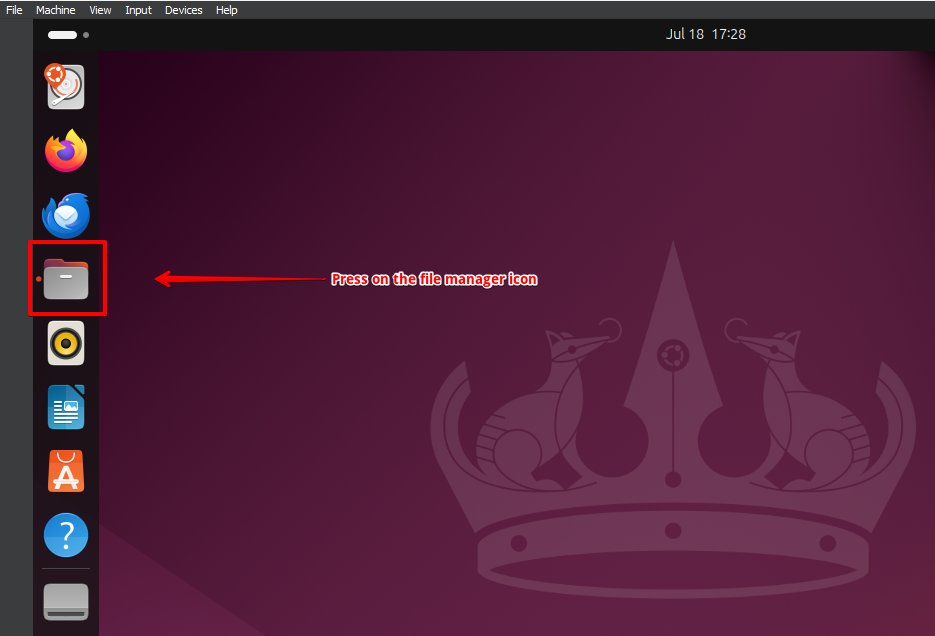
Step 2: Delete the Folder
- Single Folder: Right-click on the folder and select Move to Trash.
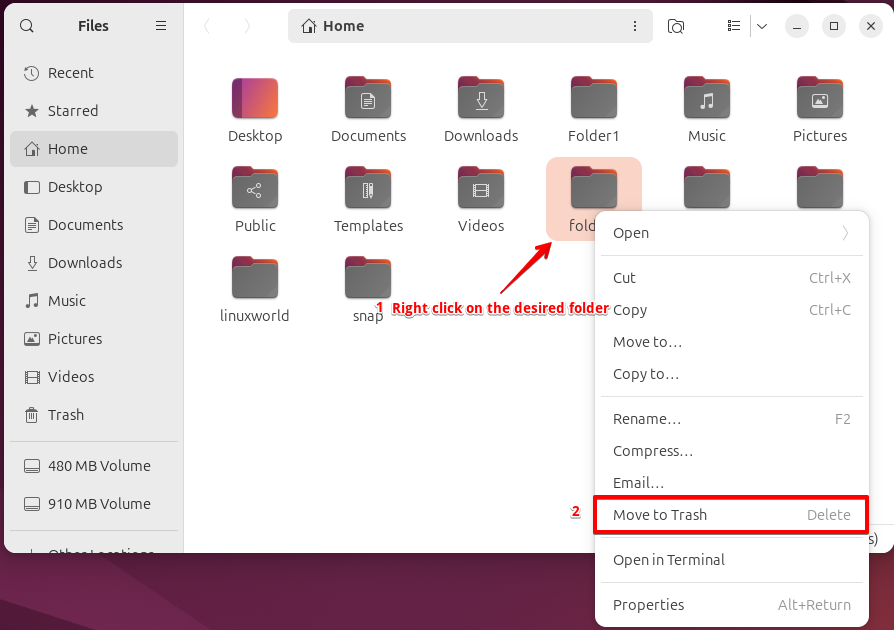
- Multiple Folders: Select multiple folders by holding down the Ctrl key and then right-click and select Move to Trash.
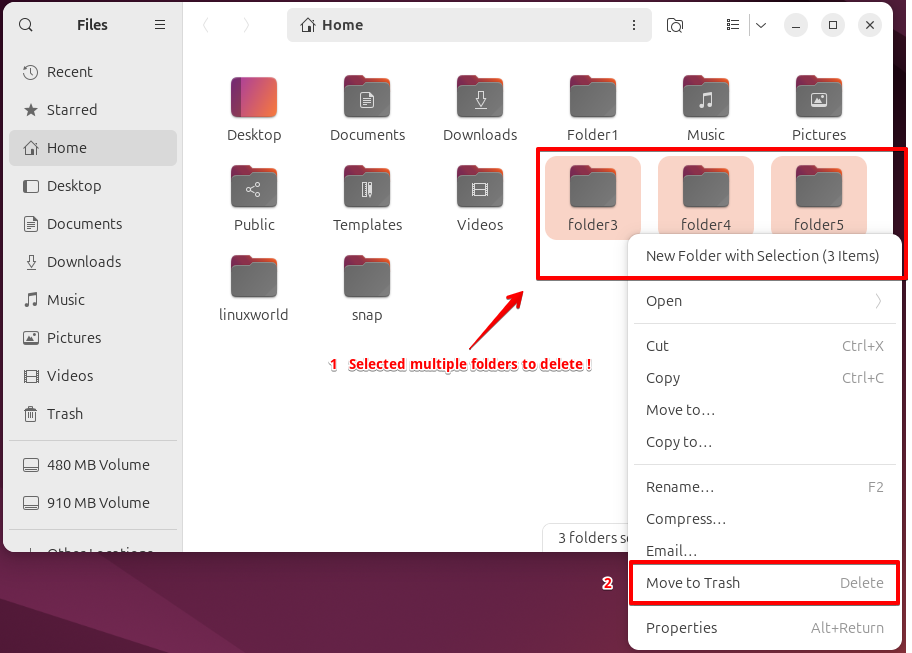
Step 3: Empty the Trash
To permanently delete the folder, open the Trash from the sidebar and click Empty Trash.
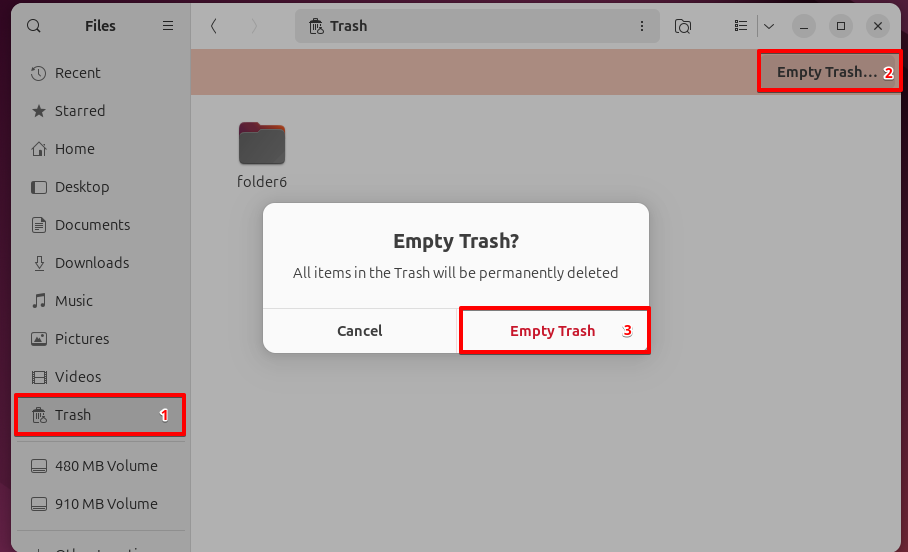
Method 2: Using Keyboard Shortcuts
Keyboard shortcuts can be used to expedite the process of deleting files through the file manager.
Step 1: Select the Folder
Navigate to the folder you wish to delete in the file manager.
Step 2: Delete the Folder
- Using Shift+Delete: Press Shift+Delete to bypass the Trash and permanently delete the folder.

Confirm the action when prompted.
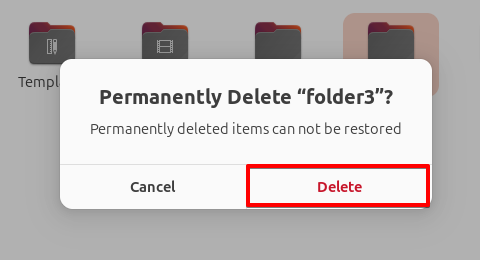
Note: This action deletes the folder immediately without moving it to the Trash. Double-check that you’ve selected the correct folder, as this action cannot be reversed.
- Using Delete: Press the Delete key to move the folder to Trash.
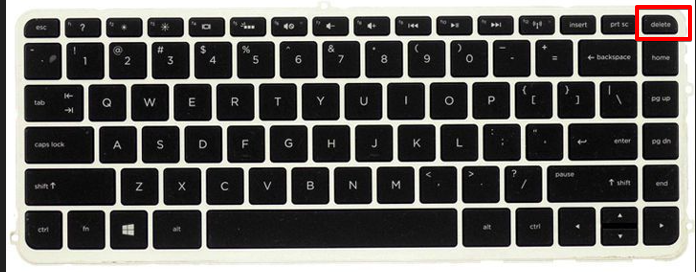
Access the Trash from the sidebar and select Empty Trash to permanently remove the folder.
Method 3: Using the Terminal
Basic rm Command
The rm command is a powerful tool for deleting files and folders directly from the terminal.
Step 1: Open Terminal
Press Ctrl+Alt+T together to bring up a terminal, or locate Terminal in your application menu and open it from there.
Step 2: Delete the Folder
- Delete Single Folder: Use the rm command with the -r option (recursive) to delete the folder and its contents.
rm -r foldername
![]()
- Delete Multiple Folders: You can delete multiple folders by specifying their names separated by spaces.
rm -r folder1 folder2 folder3
![]()
Note: Be cautious with the rm -r command, as it will permanently delete the folder and its contents.
Using rm with Options
The rm command can be enhanced with additional options for more control and safety.
- Interactive Mode: Prompt before every removal.
rm -ri foldername

- Force Deletion: Use the -rf option to forcefully remove directories and their contents, ignoring nonexistent files and arguments, and never prompting the user for confirmation.
rm -rf foldername
![]()
- Delete Empty Folders: The rm command with the -d option can be used to delete empty directories.
rm -d emptyfolder
Using rmdir
The rmdir command is another option, specifically for removing empty directories.
Step 1: Open Terminal
Press Ctrl+Alt+T together to bring up a terminal, or locate Terminal in your application menu and open it from there.
Step 2: Delete the Folder
- Delete Single Empty Folder: Use the rmdir command to remove the empty directory.
rmdir emptyfolder
![]()
- Delete Multiple Empty Folders: You can delete multiple empty folders by specifying their paths separated by spaces.
rmdir emptyfolder1 emptyfolder2
![]()
Note: The rmdir command only removes empty directories. To delete a directory with files, use rm -r.
Critical Tip!
- Check Folder Names with ls: Before deletion, use the ls command to list folder names and confirm their paths. This helps avoid accidental deletions.
ls
Method 4: Automating Folder Deletion with Scripts
For advanced users, creating scripts to automate the deletion process can save time and reduce repetitive tasks. This method is particularly useful for repetitive tasks, scheduled deletions, or managing multiple folders efficiently.
Using Nano (Terminal-based Editor)
Step 1: Create a Script
Open Terminal: Press Ctrl+Alt+T together to bring up a terminal, or locate Terminal in your application menu and open it from there.
Open the Script in Nano: If the script file does not exist, Nano will create a new file with that name.
nano delete_folder.sh
![]()
Now you can write a script to delete the folder.
#!/bin/bash rm -rf /path/to/foldername
Step 2: Make the Script Executable
Save the script and make it executable.
chmod +x delete_folder.sh
Step 3: Run the Script
Execute the script from the terminal.
./delete_folder.sh
Conclusion
Learning how to delete folders in Ubuntu 24.04 LTS can make your workflow faster and more efficient. Whether you use the intuitive file manager, powerful terminal commands like rm and rmdir, or automation scripts, each method offers unique benefits. By mastering these techniques, you can easily manage and delete folders, making your work on Ubuntu more streamlined and productive.
Keep visiting Linux World.
